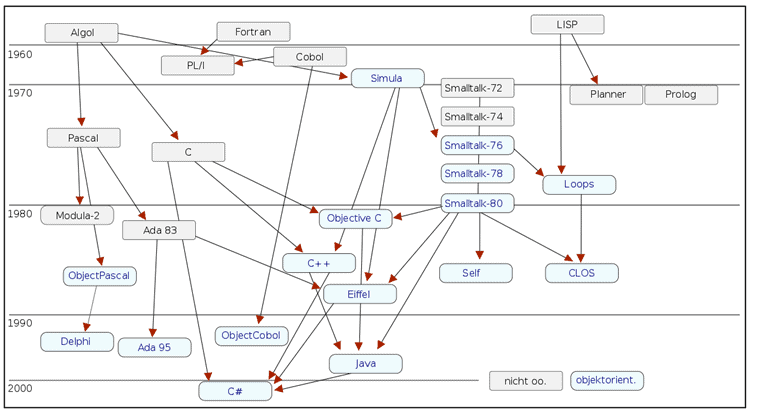The Federal Circuit has affirmed a district court’s decision dismissing a patent infringement action, on the grounds that the claims were patent-ineligible under 35 U.S.C. § 101.
In Simio v. FlexSim Software Products, Inc., Simio sued FlexSim for infringing a patent for a “System and Method for Creating Intelligent Simulation Objects Using Graphical Process Descriptions.”
In its background section, the patent describes different types of simulations, including those that are event-oriented, process-oriented, and object-oriented. The last type was relevant to the case.
As the court noted,
Object-oriented simulations are, as the name suggests, based on “objects.” Objects can be things in the simulation, such as people, vehicles, or machines. Although the patent acknowledges that object-oriented simulations have existed since the 1960s, … it states that earlier object-oriented simulation products were “programming-based tools” that were “largely shunned by practitioners as too complex,” …The patent also describes a trend that emerged in the 1980s and 1990s: using graphics to simplify building simulations.
The patent’s purported invention allegedly made object-oriented similar easier and more accessible by letting users build simulations using graphics rather than programming:
Objects are built using the concepts of object-orientation. Unlike other object-oriented simulation systems, however, the process of building an object in the present invention is simple and completely graphical. There is no need to write programming code to create new objects.
One limitation of the patent was
an executable process to add a new behavior directly to an object instance of the one or more object instances without changing the object definition and the added new behavior is executed only for that one instance of the object.
The court provided an example of how that would work:
[I]n a simulation containing an object definition for “Poodle” and poodles Sam and Fred, a user might independently change Sam’s behavior (e.g., make him tend to chase cars) without similarly changing the behavior of Fred or any other poodle.
The district court applied the two-step framework set forth in the Supreme Court’s Alice Corp. Pty. Ltd. v. CLS Bank International decision and held the asserted claims ineligible.
The lower court had concluded that the patent claims were directed to “the decades-old computer programming practice of substituting text[-]based coding with graphical processing,” which the court determined was an ineligible abstract idea.
The Federal Circuit agreed, noting that under 35 U.S.C. § 101 patents may not be granted for “laws of nature, natural phenomena, and abstract ideas.”
The court concluded:
As the ’468 patent acknowledges, using graphical processes to simplify simulation building has been done since the 1980s and 1990s. … Simply applying the already-widespread practice of using graphics instead of programming to the environment of object-oriented simulations is no more than an abstract idea.
Indeed, here, the claim is “directed to the use of conventional or generic technology [i.e., graphical processing generally] in a . . . well-known environment [i.e., object-oriented simulations], without any claim that the invention reflects an inventive solution to any problem presented by combining the two.”
Simio argued that one claim wasn’t directed to an abstract idea because it “present[s] improvements to computer-implemented simulation, resulting in improvements in the computers’ capabilities.”
The court rejected that argument because Simio hadn’t actually shown how the claim was directed to improving a computer’s functionality.
For example, noted the court, Simio argued that the claim “improves on the functionality of prior simulation systems through the use of graphical or process modeling flowcharts with no programming code required.”
However, said the court, “this argument does not explain how the computer’s functionality is improved beyond the inherent improvement of the experience of a user who cannot (or maybe, would rather not) use programming.”
Just like the haiku above, we like to keep our posts short and sweet. Hopefully, you found this bite-sized information helpful. If you would like more information, please do not hesitate to contact us here.


